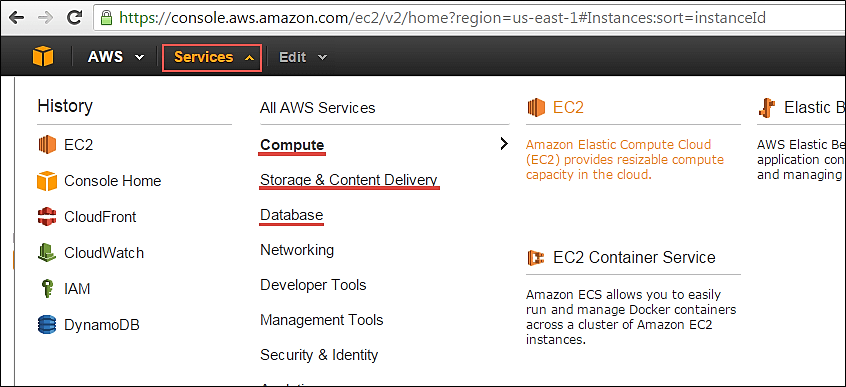[root@pics01:/]: sasmgr set_attr -D /dev/sasd0 -q lun=/dev/rdsk/c1t3d0 -q locate_led=on
Locate LED set to ON.
To turn off, run the following:
[root@pics01:/]: sasmgr set_attr -D /dev/sasd0 -q lun=/dev/rdsk/c1t3d0 -q
locate_led=off
Locate LED set to OFF.
[root@pics01:/]: ioscan -funC disk
Class I H/W Path Driver S/W State H/W Type Description
====================================================================================
disk 0 0/0/2/1.0.16.0.0 sdisk CLAIMED DEVICE TEAC DV-28E-N
/dev/dsk/c0t0d0 /dev/rdsk/c0t0d0
disk 19 0/3/1/0.127.0.0.0.0.2 sdisk CLAIMED DEVICE NETAPP LUN
/dev/dsk/c12t0d2 /dev/rdsk/c12t0d2
disk 18 0/3/1/0.127.1.0.0.0.2 sdisk CLAIMED DEVICE NETAPP LUN
/dev/dsk/c13t0d2 /dev/rdsk/c13t0d2
disk 3 0/4/1/0.0.0.0.0 sdisk CLAIMED DEVICE HP DH072ABAA6
/dev/dsk/c2t0d0 /dev/dsk/c2t0d0s2 /dev/rdsk/c2t0d0 /dev/rdsk/c2t0d0s2
/dev/dsk/c2t0d0s1 /dev/dsk/c2t0d0s3 /dev/rdsk/c2t0d0s1 /dev/rdsk/c2t0d0s3
disk 4 0/4/1/0.0.0.1.0 sdisk CLAIMED DEVICE HP DH072ABAA6
/dev/dsk/c2t1d0 /dev/rdsk/c2t1d0
disk 5 0/4/1/0.0.0.2.0 sdisk CLAIMED DEVICE HP DH072ABAA6
/dev/dsk/c2t2d0 /dev/rdsk/c2t2d0
disk 6 0/4/1/0.0.0.3.0 sdisk CLAIMED DEVICE HP DH072ABAA6
/dev/dsk/c2t3d0 /dev/rdsk/c2t3d0
disk 7 0/4/1/0.0.0.4.0 sdisk CLAIMED DEVICE HP EH0072FAWJA
/dev/dsk/c2t4d0 /dev/rdsk/c2t4d0
disk 10 0/4/1/0.0.0.7.0 sdisk CLAIMED DEVICE HP DH072ABAA6
/dev/dsk/c2t7d0 /dev/rdsk/c2t7d0
disk 23 0/4/1/0.0.0.9.0 sdisk CLAIMED DEVICE HP DH072BB978
/dev/dsk/c2t9d0 /dev/rdsk/c2t9d0
disk 9 0/4/1/0.0.0.10.0 sdisk CLAIMED DEVICE HP DH072ABAA6
/dev/dsk/c2t10d0 /dev/rdsk/c2t10d0
disk 1 0/4/2/0.0.0.0.0 sdisk CLAIMED DEVICE HP DH072ABAA6
/dev/dsk/c1t0d0 /dev/rdsk/c1t0d0
disk 2 0/4/2/0.0.0.1.0 sdisk CLAIMED DEVICE HP DH072ABAA6
/dev/dsk/c1t1d0 /dev/rdsk/c1t1d0
disk 20 0/6/1/0.104.0.0.0.0.2 sdisk CLAIMED DEVICE NETAPP LUN
/dev/dsk/c10t0d2 /dev/rdsk/c10t0d2
disk 21 0/6/1/0.104.1.0.0.0.2 sdisk CLAIMED DEVICE NETAPP LUN
/dev/dsk/c11t0d2 /dev/rdsk/c11t0d2
[root@pics01:/]:
[root@pics01:/]: saslist get_info ctrl sasd
H/W Path: 0/4/1/0 HBA DSF: /dev/sasd0
H/W Path: 0/4/2/0 HBA DSF: /dev/sasd1
[root@pics01:/]:
[root@pics01:/]: saslist get_info lun sasd
HBA device file: /dev/sasd0
-----------------------------
LUN dsf Hardware Path SAS Address
------------------------------------------------------------------
/dev/rdsk/c2t0d0 0/4/1/0.0.0.0.0 0x5000c500059c53b9
/dev/rdsk/c2t10d0 0/4/1/0.0.0.10.0 0x5000c50000ea54a1
/dev/rdsk/c2t1d0 0/4/1/0.0.0.1.0 0x5000c500059c0a15
/dev/rdsk/c2t2d0 0/4/1/0.0.0.2.0 0x5000c500059c8629
/dev/rdsk/c2t3d0 0/4/1/0.0.0.3.0 0x5000c500059c36b5
/dev/rdsk/c2t4d0 0/4/1/0.0.0.4.0 0x5000c500332c0dd9
/dev/rdsk/c2t7d0 0/4/1/0.0.0.7.0 0x5000c500059c6fa9
/dev/rdsk/c2t9d0 0/4/1/0.0.0.9.0 0x5000c5000a35a331
HBA device file: /dev/sasd1
-----------------------------
LUN dsf Hardware Path SAS Address
------------------------------------------------------------------
/dev/rdsk/c1t0d0 0/4/2/0.0.0.0.0 0x5000c500059c78e9
/dev/rdsk/c1t1d0 0/4/2/0.0.0.1.0 0x5000c500059c98c1
[root@pics01:/]:
[root@pics01:/]: sasmgr get_info -D /dev/sasd0 -q phy=all
Mon Nov 11 16:11:43 2013
Info for PHY ID : 0
PHY Health : UP
Port SAS Address : 0x500605b0005334a0
Attached SAS Address : 0x5000c500059c36b5
Current Link Rate : 3 Gbps
Max Link Rate : 3 Gbps
Info for PHY ID : 1
PHY Health : UP
Port SAS Address : 0x500605b0005334a1
Attached SAS Address : 0x5000c500059c8629
Current Link Rate : 3 Gbps
Max Link Rate : 3 Gbps
.
.



